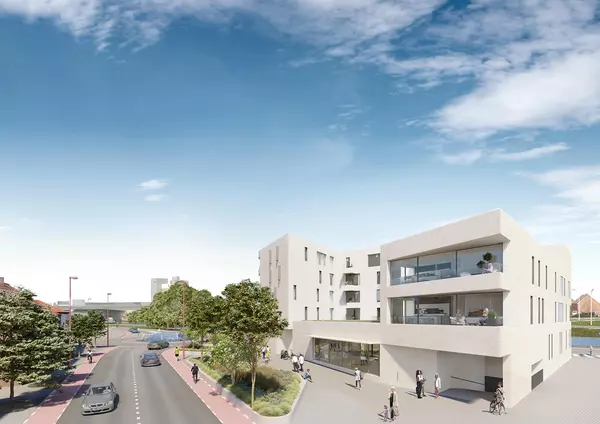Saskatchewan Housing Market Holds Strong as Prices Reach New Highs, Rents Rise, and Employment Grows
Saskatchewan’s real estate market continues to outperform national trends, showing notable resilience in the face of economic uncertainty. While home sales in May 2025 dipped slightly compared to the near-record activity of the previous year, they remain well above historical norms. Tight supply conditions are driving record-breaking prices across the province, including in nearly a dozen municipalities, while rental rates and employment growth further reinforce the strength of demand.
Sales Ease but Stay Well Above Long-Term Averages
Saskatchewan home sales in May 2025 dropped 5% compared to May 2024. However, this is still over 16% above the province’s ten-year average for the month, and marks the 23rd consecutive month in which sales exceeded the ten-year average. Year-to-date figures through the first five months of 2025 show a 3% decline in total sales compared to the same period last year, but again, activity continues to track well ahead of historical baselines.
Inventory Ticks Up But Still Falls Short of Needs
Inventory levels in Saskatchewan increased slightly compared to April, although, when adjusted for pending transactions, active inventory still sits at more than 40% below the province’s ten-year average.
While new listings have increased in some cities, including a double-digit bump in both Regina and Saskatoon, the supply response remains insufficient to meet ongoing demand. Particularly in key regions such as Regina–Moose Mountain and Saskatoon–Biggar, supply remains at critically low levels, with both areas reporting less than two-and-a-half months of inventory heading into June.
Benchmark Prices Hit New Highs Across Saskatchewan
The province’s benchmark price for a residential home rose to a record-high $369,500 in May, up from $360,500 in April and nearly 9% higher than May 2024. This marks yet another consecutive month of price growth, further straining affordability and making Saskatchewan one of the few provinces in Canada where housing costs are still climbing materially in 2025.
Significant price gains were recorded across nearly every corner of the province. A total of 11 communities reported new benchmark price records in May, including major centres and secondary cities alike. Notable year-over-year increases include:
- Humboldt: +18%
- Meadow Lake: +14%
- Moose Jaw: +13%
- Prince Albert: +12%
- North Battleford: +11%
- Melfort: +10%
In Regina, the benchmark price rose to $340,800, up from $335,500 in April and nearly 7% higher year-over-year. Saskatoon also posted strong gains, with the benchmark reaching $428,300 in May (up from $422,600 in April), marking an annual increase of more than 7%.
These widespread increases confirm that price pressure is not limited to urban centres. With record-high benchmarks recorded in Humboldt, Martensville, Melville, Swift Current, Warman, and others, the province is seeing broad-based appreciation.
Rental Rates Rise Despite National Cooling
Rental conditions in Saskatchewan have also remained competitive, with rates continuing to rise even as national averages declined. According to Rentals.ca, average asking rents in the province rose by approximately 3.9% year-over-year in May 2025, reaching $1,386. This is in contrast to the national average, which dropped 3.3% compared to the same period last year.
In Regina, one-bedroom rents grew marginally, while two-bedroom units climbed nearly 4%. Saskatoon saw stronger annual rent increases in larger units; two-bedroom rents rose 5.4% year-over-year, although one-bedroom rents dipped slightly. Month-over-month numbers were more mixed, but overall trends suggest a steady tightening of the rental market.
Labour Market Supports Housing Stability
Saskatchewan’s labour market continues to bolster housing demand and market confidence. The province’s unemployment rate dropped to 4.5% in May 2025, significantly below the national rate of 7.0% and 0.4% lower than the previous month. The job market added 3,300 full-time positions and 100 part-time roles, bringing total employment gains to 3,400 jobs over the month.
In Regina, unemployment declined to 4.6%, with full-time job growth more than offsetting modest part-time losses. The city has now reached a record high in full-time employment, with recovery well underway since mid-2024.
Saskatoon also posted strong labour gains, with the unemployment rate falling to 4.6%. The city added 1,400 new jobs in May, primarily in part-time positions, although full-time employment remains below the recent peak from late 2024.
For now, Saskatchewan appears to be one of the country’s most resilient housing markets, partially driven by employment growth, relatively affordable prices compared to larger provinces, and a steadily tightening housing supply.
Recent Posts










